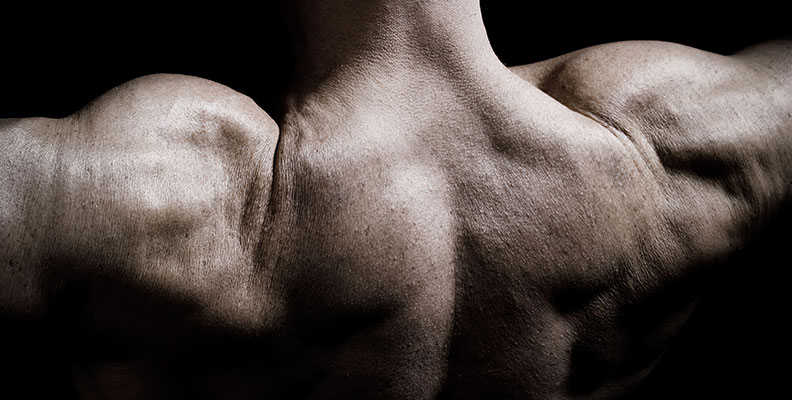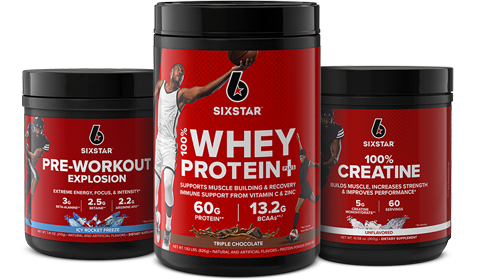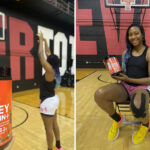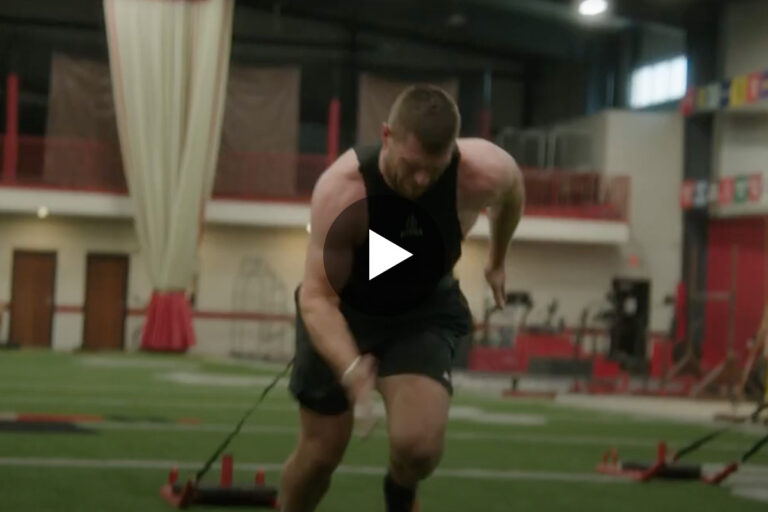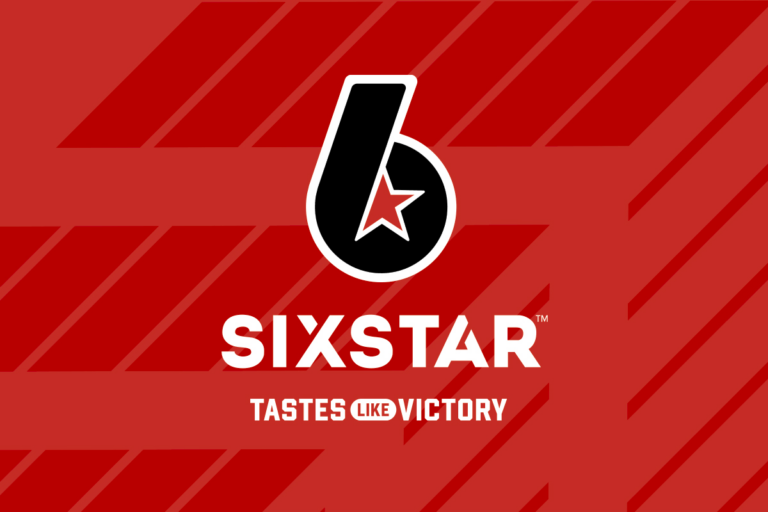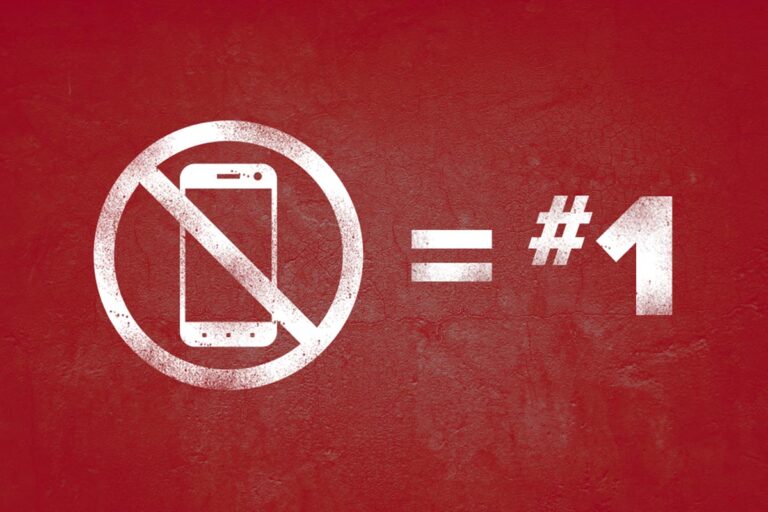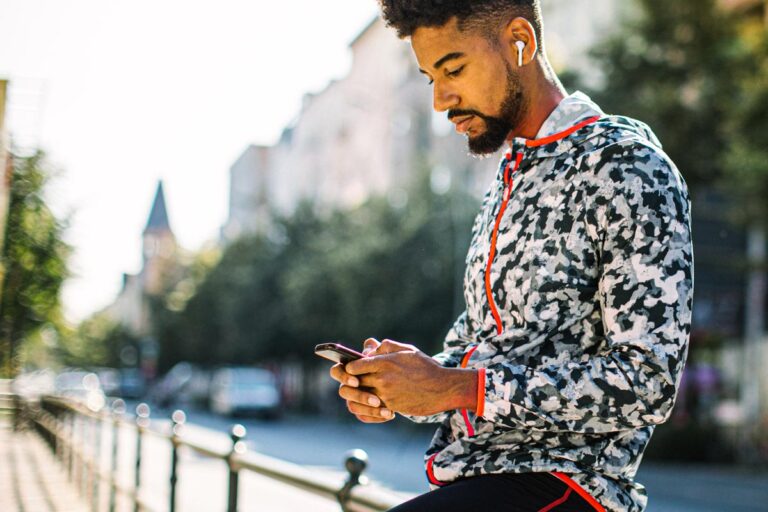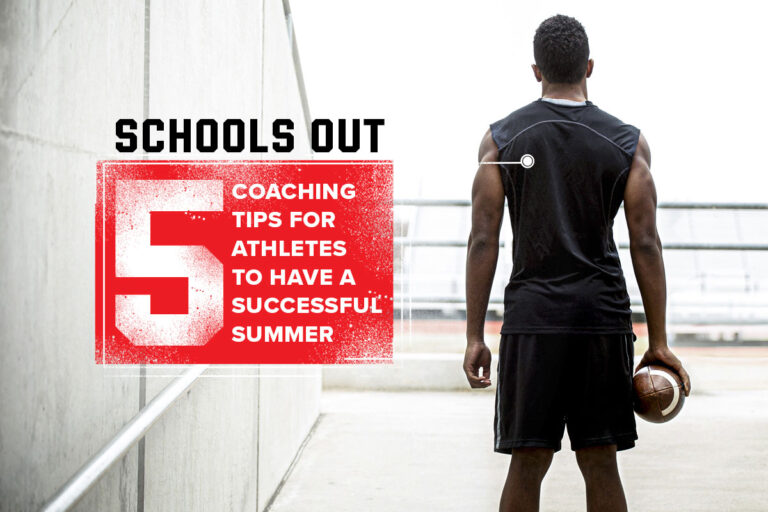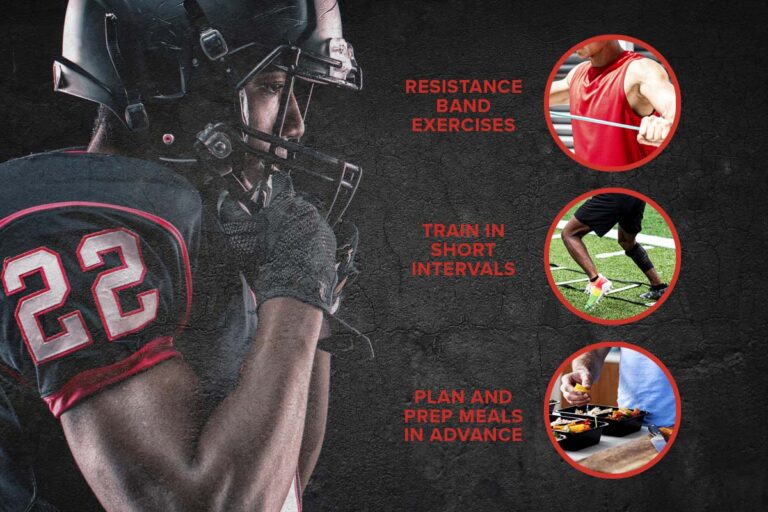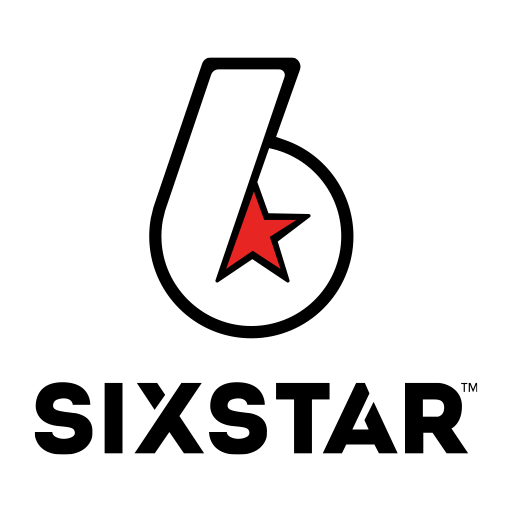You’ve probably heard the expression “You are only as strong as your weakest link.” In the worlds of fitness and athletics, this saying couldn’t be more true. Everyone is different, and everyone has weaknesses. No matter how much of a complete athlete you may think you are, there will always be one area that can leave you vulnerable. But that doesn’t mean you have to live with and accept your weaknesses; it means that you must go the extra mile to work on those areas to maximize your performance and prevent injury. This article will show you three areas of your body that may be holding you back and give you some ways to bring those spots up to par to help make you a more complete athlete with no weak links!
BUILD A NECK THAT CAN TAKE A BEATING
The neck is often overlooked – rarely do people perform direct neck muscle training. The neck is mostly worked through isometric contractions (squeezing really hard) during a training program that involves heavy compound movements like squatting and deadlifting. But sometimes, that may not be enough. The neck plays a very important role in any sport that involves contact, such as football, hockey and combat sports, like boxing and MMA. The neck muscles help to protect the brain by keeping the head stable when on the receiving end of a tackle, body check or a big right hook. You may be big and strong, but if your neck is weak and unstable, you will be much more susceptible to injuries like neck strains and concussions. On the flip side, if your goal is aesthetics as opposed to performance, having a strong, muscular neck will round out your physique to give you a strong and powerful look.
The key is to focus on very good form and use high repetitions; you don’t want to be attempting any 1-rep maxes with neck training. Check your local fitness supply store for a neck harness which looks like a hat that has a chain attached to it that you suspend weight from. Sit down on a chair or bench and lower your chin down towards your chest and then slowly lift it back up. As you pull your head up you will be using your neck muscles to pull the suspended weight up with it. If you can’t get access to a neck harness you can try lying down on a bench at the gym with your head hanging off the edge of the bench. Hold a weight plate on your forehead using both hands and lower your head back and down off the edge of the bench, then use your neck muscles to bring your head back up against the resistance of the plate.
Your grip can be trained in a variety of ways. Farmer’s walks are very easy to perform and are a great finisher after a tough workout. Simply grab two heavy dumbbells (heavy enough to challenge your grip, but not so heavy that you can’t walk with them) and, keeping your shoulder blades pulled together and upper back nice and tight, walk around the gym for timed sets. Walk until your grip starts to give out, rest for a minute and then repeat multiple sets for a grueling grip workout.
ROTATOR CUFF – DON’T LEAVE YOUR ARM HANGING BY A STRING
Rotator cuff injuries are among the most common injuries experienced by professional athletes and weekend warriors alike. The rotator cuff is a group of tendons and muscles in the shoulder connecting the upper arm to the shoulder blade. The rotator cuff tendons provide stability to the shoulder and allow the shoulder to rotate. It is a crucial part of the human anatomy that is extremely important to athletes as it is heavily used in throwing, pushing and punching movements. Most people neglect strengthening this area until it is too late, often needing to rehab it after an injury. Start training your rotator cuffs now to experience a faster pitch, longer throw, more powerful punch and bigger bench press numbers!
The Cuban rotation is a great exercise to strengthen the rotator cuffs. To perform the Cuban rotation, start with your upper arms raised to your sides until they’re parallel to the ground and in line with your shoulders. The bar should be positioned directly in front of your body, just below your chest. Keep your elbows bent at 90 degrees and wrists straight and firm at all times. Rotate the bar toward your forehead but stop just shy of vertical at the top of the movement. This will ensure that you maintain tension on the muscle at all times. Go VERY LIGHT. You may want to use dumbbells starting out, as it may be difficult to find a 10- to 20-lbs. barbell. Perform this at the end of your workout and focus on slow, controlled repetitions in the 10 to 15 rep range (no heavy lifting needed here).
Whether you want to be a complete athlete, have a well-rounded physique or an injury-proof body, make sure to make time to work on your weak links. You can’t improve all of your weaknesses through training alone though. If you want to achieve your goals you must also make a point of getting enough sleep, eating properly and supplementing with top-quality sports supplements like Six Star® Pro Nutrition. No excuses – no weak links allowed.
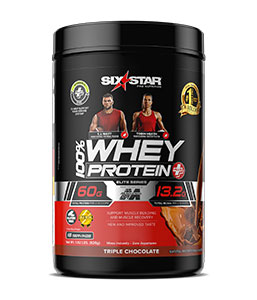
100% Whey Protein Plus
Delivering quality BCAAs, glutamine and creatine, Six Star® Whey Protein Plus provides the delicious premium protein formulas you need to fit any active lifestyle.
